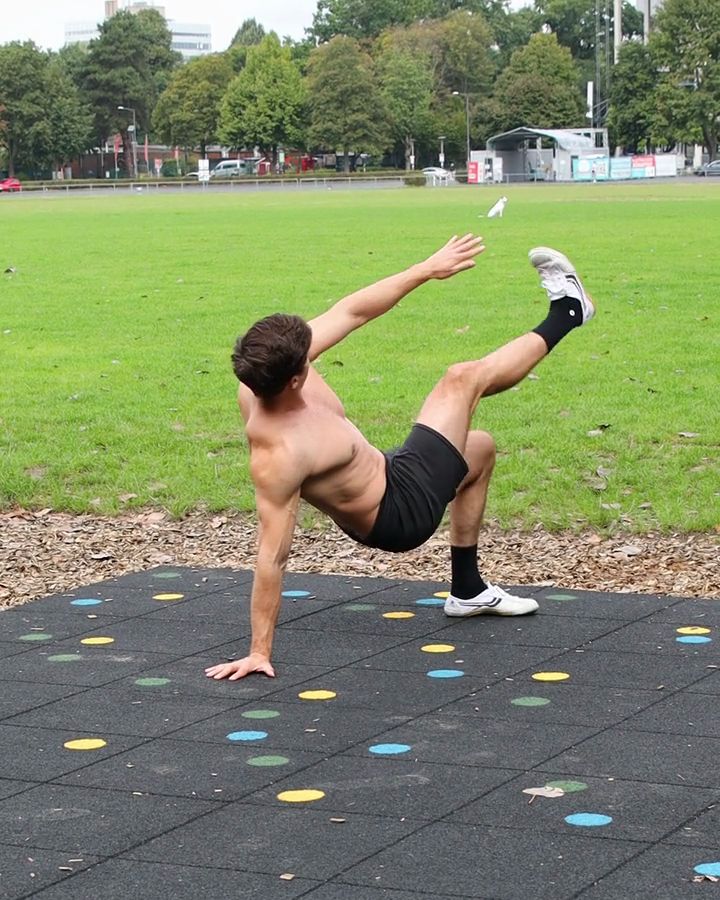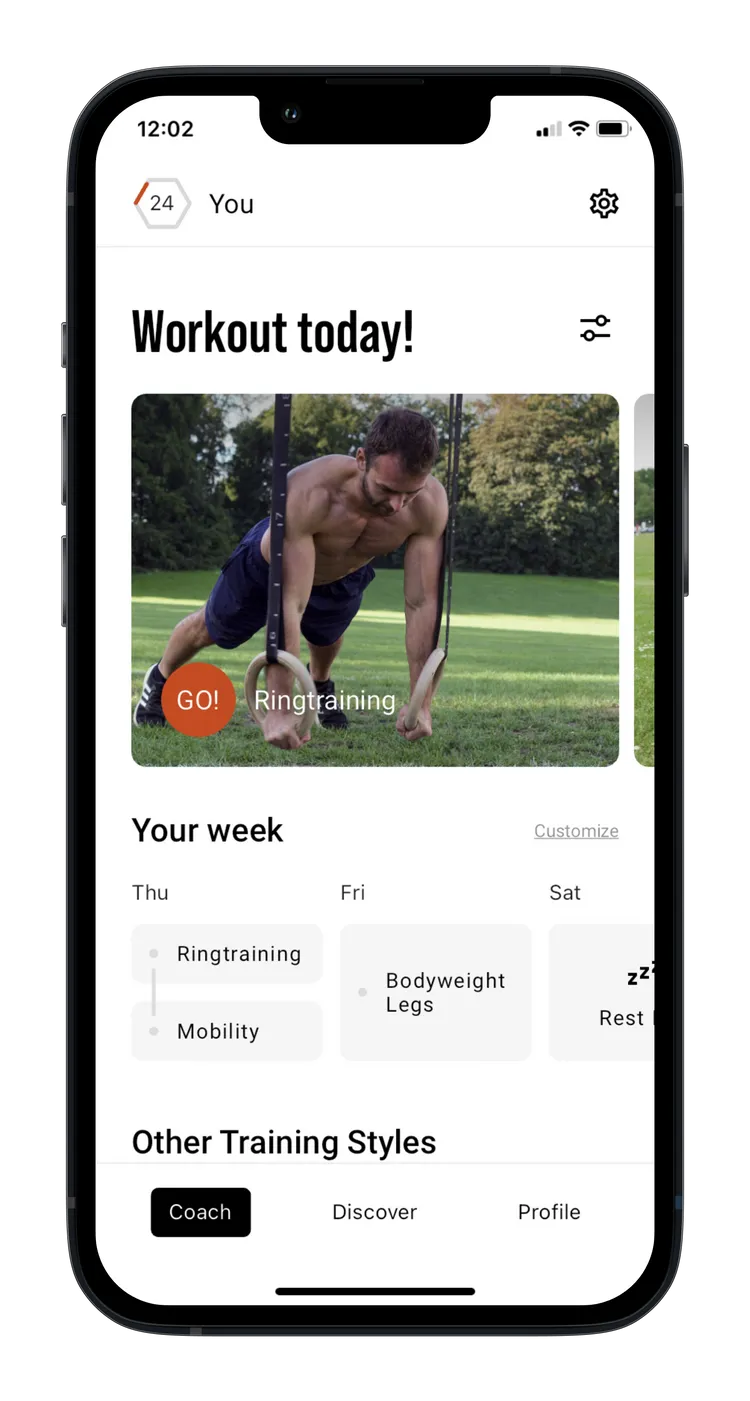Break Dancer Exercise
The breakdancer exercise is a dynamic movement that effectively trains your core muscles as well as your shoulders and upper back. It simultaneously improves stability, coordination, and flexibility by challenging you with controlled rotations. This exercise is ideal for adding variety and intensity to your workout.
Break Dancer Exercise - the correct execution
- Start in quadruped position
- Lift the knees from the floor
- Release one leg from the floor and pass it under your body
- Release the opposite hand from the floor
- Turn your hips upwards and stretch the leg into the air
- Touch the foot with your hand
- Return arm and leg to the starting position
- Then change sides
- Each side counts as one repetition
The exercise Break Dancer Exercise is intended to be used as a hypertrophy exercise.
Which muscles are trained by Break Dancer Exercise?








Primary trained muscles for Break Dancer Exercise
Abs - The rectus abdominis, also known as the "abs," runs vertically along the front of the abdomen. It is responsible for bending the torso forward, such as during sit-ups, and lifting the pelvis. This muscle stabilizes the torso, supports the spine, and helps maintain good posture.
Secondary trained muscles for Break Dancer Exercise
Side Delts - The lateral part of the deltoid muscle, also known as the lateral shoulder, is located on the outside of the shoulder. It is the main muscle responsible for lifting the arm sideways. The lateral shoulder is particularly active when the arm is extended away from the body, such as during lateral raises or lifting objects to the side. It plays a key role in arm abduction and shoulder stabilization.
Obliques - The oblique muscles, consisting of the external and internal obliques (musculus obliquus externus and musculus obliquus internus), run along the sides of the torso. They are essential for rotating the upper body, bending to the side, and assisting in forward flexion. Additionally, they stabilize the torso and help protect the spine.
This could also be interesting
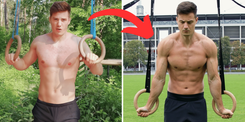
Calisthenics Body Transformation – How to Build a Strong, Lean, and Athletic Physique
Transform your body with Calisthenics! Build muscle, burn fat & achieve a shredded physique with bodyweight training. See real before & after results!
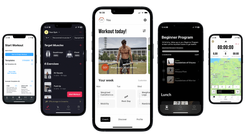
The Best Fitness Apps in 2025: Our Top 10 Recommendations
Don’t miss the best fitness apps of 2025: surprising favorites, free options, and perfect tools for your workouts. Find the ideal app today!
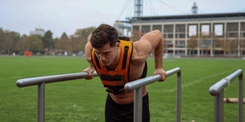
Complete Calisthenics Skills List – 40+ Exercises from Beginner to Pro
Which calisthenics skills should you learn first? And which ones will really help you progress? In this article, you’ll find a complete list of over 40 exercises – from the very basics to the toughest moves for professionals. Each exercise comes with instructions, so you can immediately integrate them into your training.
